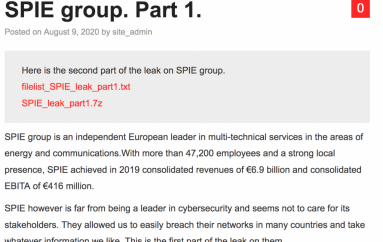
33% Surge in Financial Fraud Attempts During #COVID19 Lockdown
Financial fraud attempts rose by 33% in April as the UK entered lockdown due to the COVID-19 pandemic, new analysis from Experian and the National Hunter Fraud Prevention Service has revealed.
Fraudsters targeted a myriad of financial products, including current and savings accounts, as they sought to take advantage of the disruption to both businesses and their customers brought about by the virus outbreak.
Across all financial products, fraud rates increased by a third when compared with previous monthly averages. The largest increase was in fraudulent car and other asset finance applications, which saw a rise of 181%, followed by current accounts (35%) and then saving accounts (28%), according to Experian.
Fraudulent credit card applications (17%) and unsecured loans (10%) also went up, Experian claimed.
However, while the findings highlight an increase in the proportion of fraudulent applications, they also signal that fraud teams have been able to successfully identify and investigate new fraudulent activity since the pandemic began.
Micah Willbrand, managing director of identity and fraud at Experian, said: “The rise in fraud rates across each category is a warning that banks, building societies and other financial providers need to be as alert as ever in identifying fraudulent applications, even in the unique circumstances the country finds itself in.”
It’s likely fraudsters have been looking to take advantage of the situation under the belief that the disruption would give them a better chance of success, “but they have been largely disappointed,” added Willbrand.
“Fraud teams have had greater capacity to flag and investigate openings that otherwise may have gone unchecked, resulting in incidents of fraud being successfully identified.”
This post 33% Surge in Financial Fraud Attempts During #COVID19 Lockdown originally appeared on InfoSecurity Magazine.




